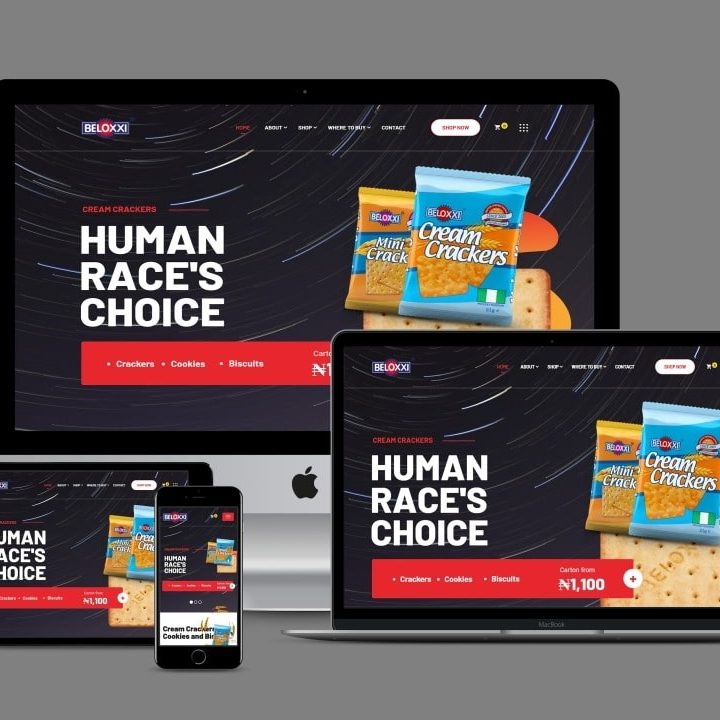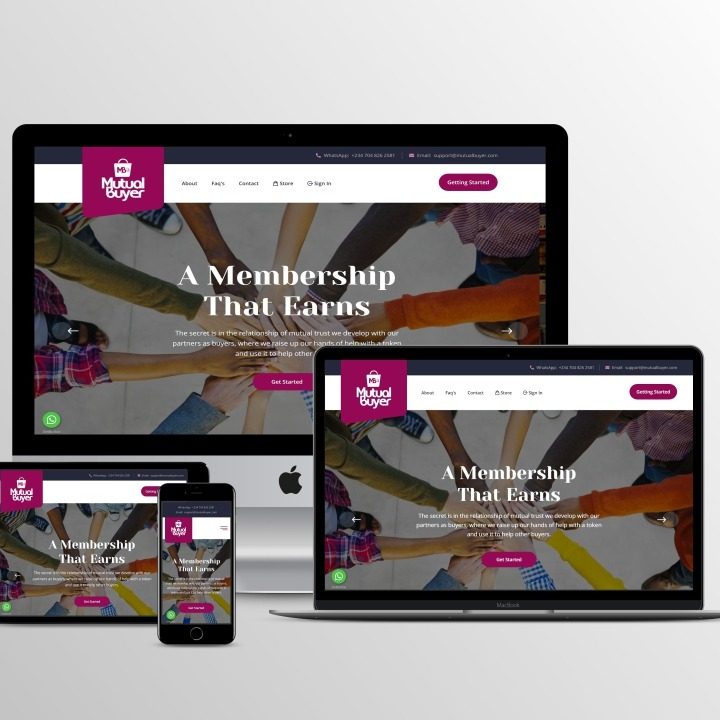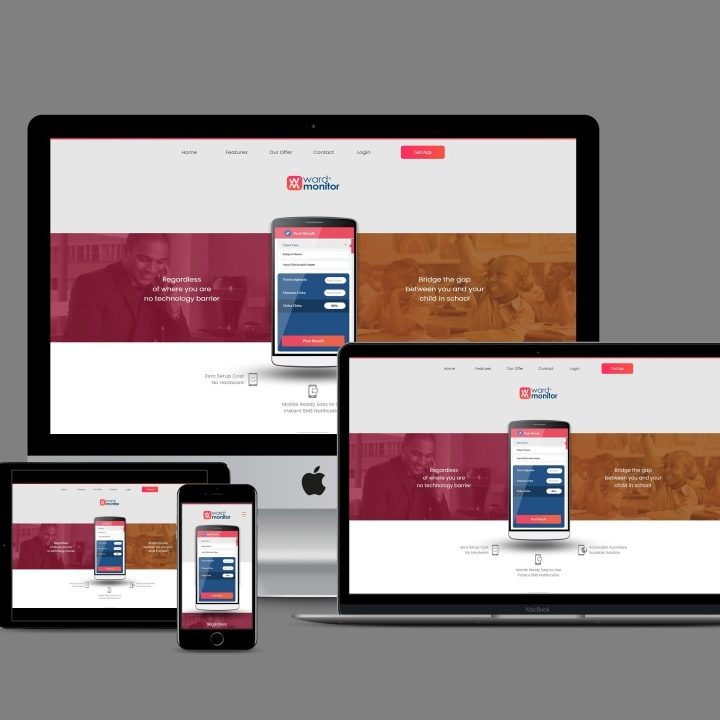How to Become a Professional Graphics Designer
Becoming a professional graphics designer typically involves a combination of education, practice, and building a strong portfolio. Here’s a step-by-step guide to help you get started.
Education
While not always necessary, obtaining a formal education in graphic design can provide you with valuable skills and knowledge. Look for degree programs or courses at reputable institutions or online platforms that cover design principles, software proficiency (like Adobe Creative Suite), typography, color theory, and layout design. On this, GreenWare Tech has got you covered. You can enrol here.
Master Design Software
Familiarize yourself with industry-standard design software such as Adobe Photoshop, Illustrator, InDesign, CorelDraw, Canva etc. These tools are essential for creating various types of designs, from logos to brochures to website layouts.
Practice Regularly
Like any skill, graphic design requires practice to improve. Dedicate time each day to work on design projects, whether they’re personal or professional. Experiment with different techniques and styles to develop your unique aesthetic.
Build a Portfolio
Your portfolio is your most important tool for showcasing your skills and attracting clients or employers. Include a variety of projects that demonstrate your versatility and expertise. If you’re just starting out, consider creating mock projects or offering your services to friends and family to build your portfolio.
Seek Feedback
Don’t be afraid to seek feedback on your work from peers, mentors, or online communities. Constructive criticism can help you identify areas for improvement and grow as a designer.
Network
Networking is crucial for finding job opportunities and building relationships within the industry. Attend design events, join online forums or social media groups, and connect with other designers and potential clients.
Stay Updated
The field of graphic design is constantly evolving, with new trends, tools, and techniques emerging regularly. Stay updated on the latest developments by following design blogs, attending workshops or conferences, and participating in continuing education courses.
Specialize
Consider specializing in a specific area of graphic design, such as branding, web design, illustration, or motion graphics. Specializing can help you stand out in a competitive market and attract clients looking for expertise in a particular area.
Freelance or Employment
Decide whether you want to work as a freelance designer or pursue employment at a design agency, company, or in-house design team. Each option has its pros and cons, so choose the path that aligns best with your goals and lifestyle.
Never Stop Learning
Graphic design is a dynamic field, so it’s important to continue learning and honing your skills throughout your career. Whether it’s mastering new software, exploring different design trends, or expanding your knowledge of design principles, always strive to grow as a designer.
By following these steps and staying dedicated to your craft, you can work towards becoming a professional graphics designer. Remember that success in this field often comes with persistence, creativity, and a willingness to learn and adapt.







